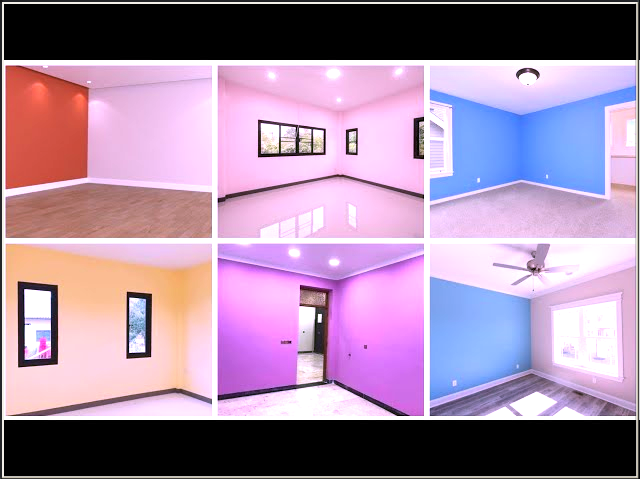
To pick up combinations that end up being the most preferred wall colors and can turn your house into a friendly and comfortable place, perfect blends of tones will definitely impact on design choices while also affecting your room’s emotions and atmosphere. It might be a rewarding process identifying the best wall color combination that suits you best among many alternatives available. This guide will help you navigate through selecting the right wall colours for achieving a cohesive and stylish look in your house.
Why Care About The Most Suitable Wall Color Combinations
The best wall color combinations can have an intense influence on how everybody feels while inside their homes and how all and sundry think they feel. Good colour schemes create visual interest, define spaces, and match your furniture and decor. By choosing the right combination, you can make small rooms feel larger, brighten up dark spaces, and add character to your home.
Tips for Selecting the Best Wall Colour Combination
1. Understand Colour Theory: To develop a fitting combination for wall paints, understanding basic color theories is paramount. Complementary colors on color wheels produce bold patterns, while analogous colors offer a more understated similarity. The use of these ideas ensures that one maintains an even and visually appealing palette.
2. Consider Room Functionality: The various functions of distinct rooms necessitate different wall color combinations that are indicative of their intended use. For example, blue and green tones would work perfectly in bedrooms and bathrooms, promoting serenity, while on the contrary, spaces such as kitchens or home offices could be stimulated through the use of warm colors such as yellow or orange.
3. Create Contrast and Depth: Best wall color combinations should have contrast and depth at the same time. Use a lighter color for walls while using darker shades for accents or trim if you want to add depth and dimension to them. Alternatively, create contrast with a bold feature wall that draws attention and enhances the room’s focal point.
4. Test Before Committing: Always test samples in your space before selecting the best wall color combination. Paint swatches on different walls and observe how they look during various times of the day because lighting conditions can affect how much light they receive in different ways, especially when using artificial lighting sources like fluorescent tubes or LED downlights placed under cabinets over countertops!
Incorporating the Best Wall Colour Combination
It’s not enough to just go for one wall color but it is best to think about the combination that will work well with your room. Each of the shades should be thought of with respect to its relation to others. A neutral tone can meld easily into more vibrant color tones, creating stylish and balanced designs. For instance, if you choose a light grey together with deep navy blue, it will make your room look warm and elegant.
Another thing to put into consideration when choosing the best wall color, are some features that are already seen in the room, floors, furniture and even artwork pieces within art gallery. In order for these things not to compete against each other, it is important making sure that they all agree on one general idea; this is how we achieve a common appealing appearance.
Finalizing Your Colour Scheme
Once you have chosen your perfect wall colors, what should come next is looking at how they can fit into your interior decoration. Get yourself other items like cushions that are of a similar shade, as this helps create harmony throughout. By following this method, you not only have beautiful hues but also make them functional and complementary everywhere else angling room designer.
FAQ
How does one choose the best wall color combination for a small room?
Lighter shades are the best for small rooms as they make the room feel bigger and more open. For your main wall color, you can use soft neutrals such as beige, light grey or pastel tones. Slightly darker accents or trims can be added to create depth without overwhelming the space with a lot of colors.
Conclusion
Choosing the best wall color combination requires an understanding of color theory, taking into account what each room is for and trying out different colors in it. Concentrating on these aspects will help you develop a harmonious and immersive effect that brings out the desired atmosphere in your home. The best wall colors are not only about picking one shade but also about blending harmoniously all the shades that fit your style and interiors.

